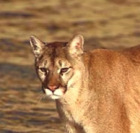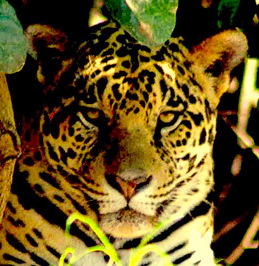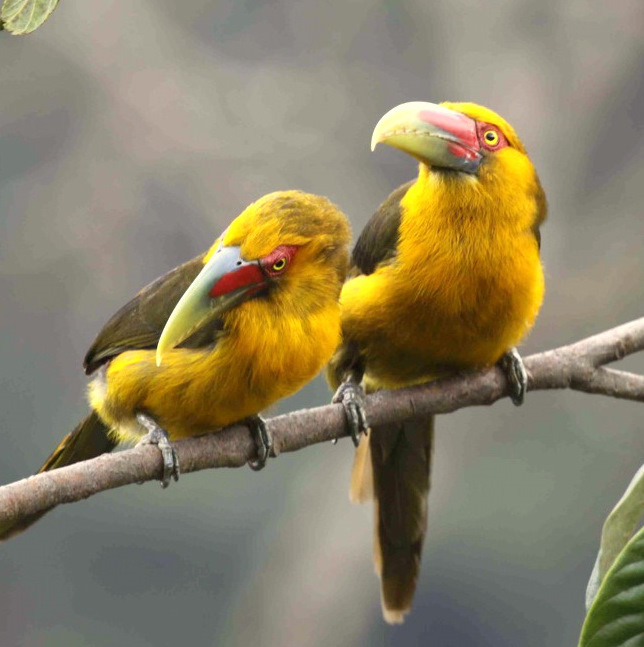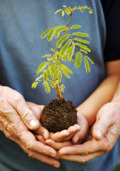THE ATACAMA DESERT: Breathtaking Scenery, Ancient Cultures, Geysers and Strange Wildlife
Rain is almost unheard of in the Atacama, the world's driest desert. Geoglyphs set into the mountainsides by ancient Indian cultures still stand in the form of birds, other animals, and people. Arica, the northernmost city in the country, was founded where two fertile river valleys meet and is based on agricultural products and offshore fishing industries. We start our tours in the region concentrating on the uncommon birds of the valleys before going up into the high Andes.
Outside of Arica we travel inland for 35 miles in the valley of the Lluta River before the road starts up into the barren mountains. Soon we see beautiful panoramic views of the green river valley and surrounding cordilleras. The dry air becomes exceptionally clear as the biodiversity of the surrounding mountains decreases.
We finally hit an area with just one bird species, the Greyish Miner, and only a handful of plants. Continuing up, we soon loose even those plant species and enter zone completely devoid of all life. Few people have ever experienced such a sterile environment. We'll pass through 20 miles of lifeless mountains before starting to see some spindly shrubs in the dry arroyos around 7,000 feet. Bizarre cacti and the even stranger Mountain Vizcacha (in the Chinchilla family) give the scene a surreal quality that has to be seen to be believed.
Further up, we find the oasis city of Putre at 10,500 feet and the isolated, ancient, indigenous village of Parinacota within Lauca National Park. One can purchase sweaters, hats and other items the indigenous habitants weave out of the Alpaca wool from the region. The fascinating culture of this zone is complimented by a number of birds that are rare and local. One can see Mountain Parakeet, Andean Hillstar, Bare-faced Ground-Dove, Streaked Tit-Spinetail, the scarce Band-tailed Seedeater, Ash-breasted Sierra-Finch, Golden-billed Saltator, Blue-and-Yellow Tanager, Black-throated Saltator and others.
The magnificent Lauca National Park, with its spectacular high Andean lakes and snow-covered volcanoes, is another of Chile's natural extremes. Its 460,000 acres have been declared a UNESCO World Biosphere Reserve. The lakes host a number of exciting birds, including all three South American flamingo species, the striking Puna Teal, strange Andean Avocet and others. In addition to the many exciting bird species that occur here, we look for four members of the Camel family. While the Llama and Alpaca have been domesticated throughout the millennias, the exquisite Vicuna and more widespread Guanaco are quite wild. In lower regions we'll search for the Huemulle, or Andean Deer, and may even see a rare Puma.
San Pedro de Atacama, further south, is another oasis village. It serves as the base for visiting the fantastic El Tatio Geyser Field, which at 14,000 feet is yet another of the country's natural extremes. The nearby Salar de Atacama is a saline lake with an area of over 1,240 square miles, and the Valle de la Luna, or Valley of the Moon is full of canyons and stunning rock formations. Cultural attractions of the region include the fine Gustavo Le Paige Archeological Museum and the 12th century Indian fortress Pukara de Quitor.
Given the vast change in altitudes and habitats, a visit to this region will allow you to see far more bird species than you may have thought possible, along with some very nice mammals. Still, it may be the scenery and cultural interactions in the ancient indigenous cities that will stand out in your mind the strongest. Even the flight over the Atacama, with its ever-clear skies, will be an almost lunar experience. We recommend six or seven days in the region to visit it properly.









